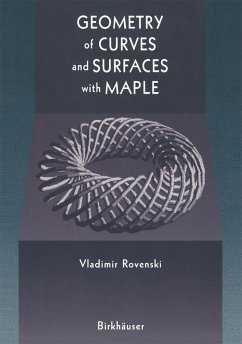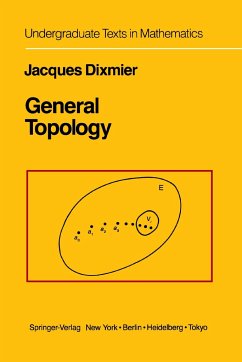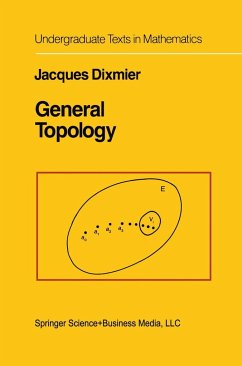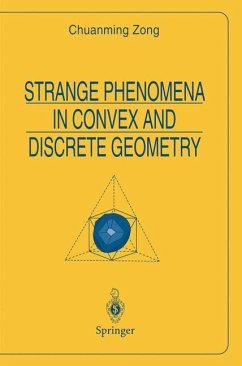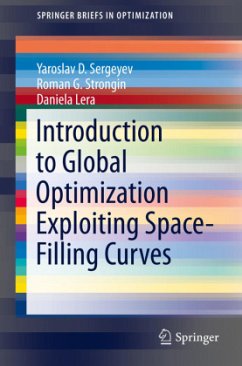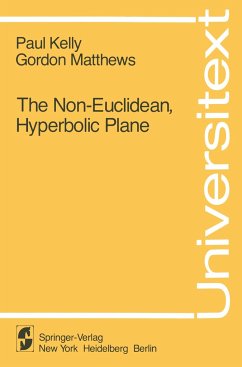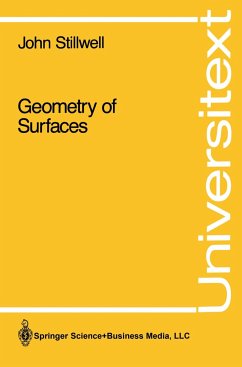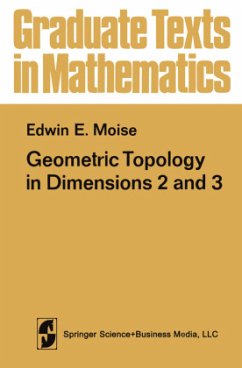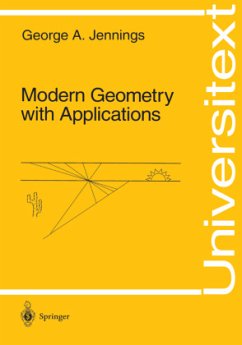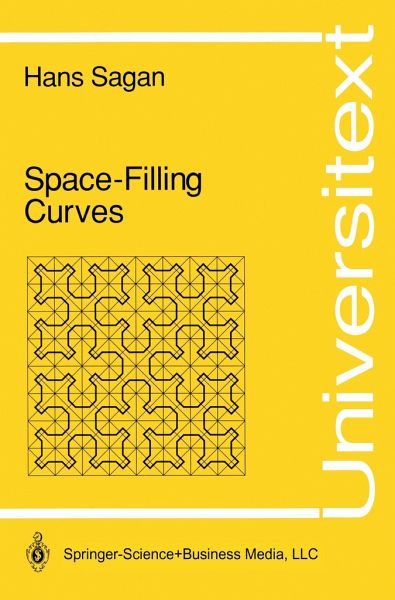
Space-Filling Curves

PAYBACK Punkte
28 °P sammeln!
The subject of space-filling curves has fascinated mathematicians for over a century and has intrigued many generations of students of mathematics. Working in this area is like skating on the edge of reason. Unfortunately, no comprehensive treatment has ever been attempted other than the gallant effort by W. Sierpiriski in 1912. At that time, the subject was still in its infancy and the most interesting and perplexing results were still to come. Besides, Sierpiriski's paper was written in Polish and published in a journal that is not readily accessible (Sierpiriski [2]). Most of the early lite...
The subject of space-filling curves has fascinated mathematicians for over a century and has intrigued many generations of students of mathematics. Working in this area is like skating on the edge of reason. Unfortunately, no comprehensive treatment has ever been attempted other than the gallant effort by W. Sierpiriski in 1912. At that time, the subject was still in its infancy and the most interesting and perplexing results were still to come. Besides, Sierpiriski's paper was written in Polish and published in a journal that is not readily accessible (Sierpiriski [2]). Most of the early literature on the subject is in French, German, and Polish, providing an additional raison d'etre for a comprehensive treatment in English. While there was, understandably, some intensive research activity on this subject around the turn of the century, contributions have, nevertheless, continued up to the present and there is no end in sight, indicating that the subject is still very much alive. Therecent interest in fractals has refocused interest on space filling curves, and the study of fractals has thrown some new light on this small but venerable part of mathematics. This monograph is neither a textbook nor an encyclopedic treatment of the subject nor a historical account, but it is a little of each. While it may lend structure to a seminar or pro-seminar, or be useful as a supplement in a course on topology or mathematical analysis, it is primarily intended for self-study by the aficionados of classical analysis.



